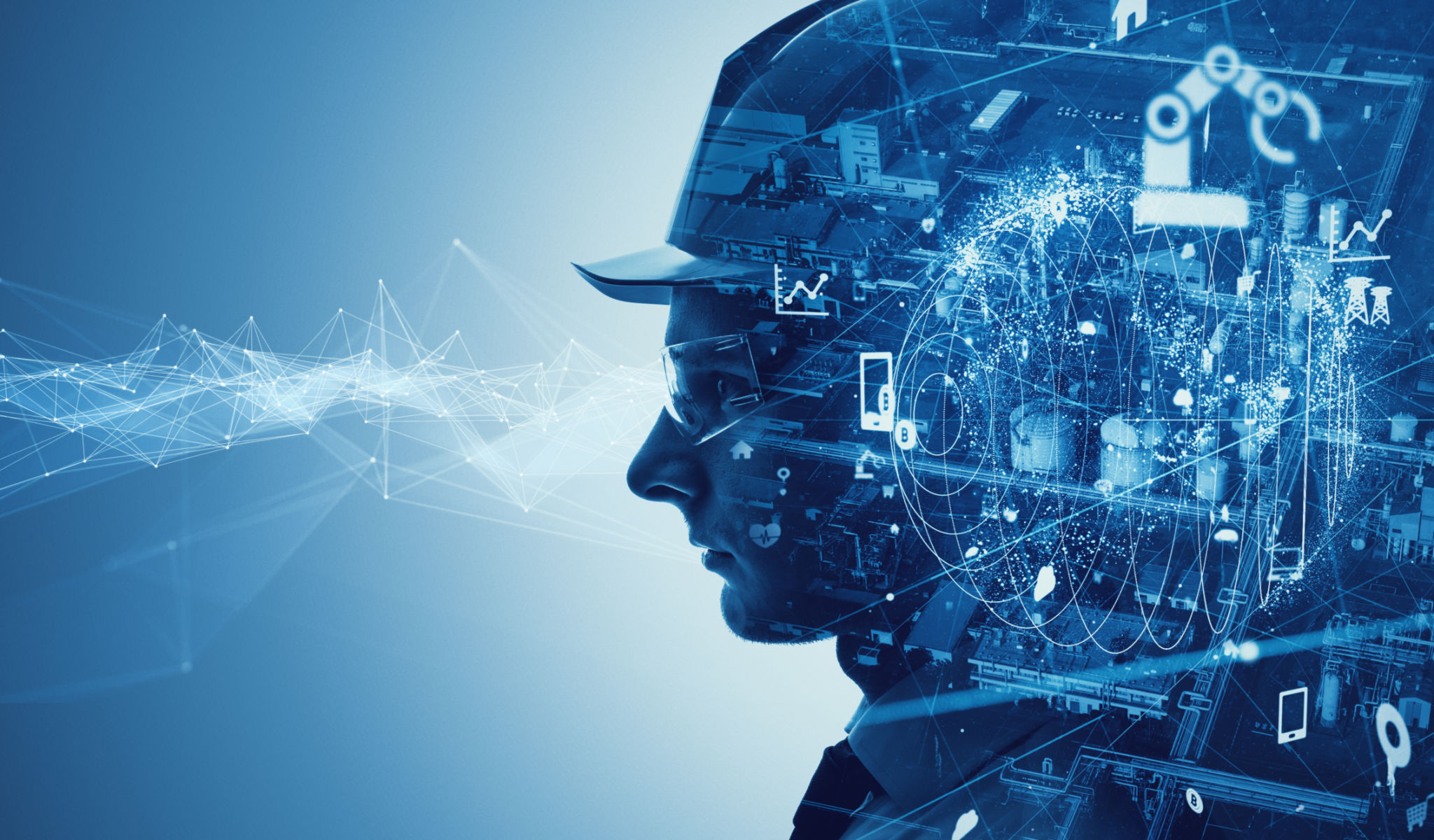The Process of Custom Robotics Development: From Concept to Creation
Understanding the Basics of Custom Robotics Development
Custom robotics development is a fascinating journey that begins with an initial concept and culminates in a fully functional machine. This process is intricate, involving multiple stages that require a blend of creativity, engineering, and technology. The primary goal is to create a robot tailored to specific needs, which can range from industrial automation to personal assistance.
The development process often starts with identifying the purpose of the robot. This involves a thorough examination of the tasks it needs to perform. Understanding the problem it aims to solve is crucial for defining the features and capabilities required. This stage lays the groundwork for everything that follows.

Design and Prototyping
Once the concept is clear, the design phase begins. This involves creating detailed schematics and 3D models of the robot. During this stage, engineers consider various factors such as size, weight, materials, and power requirements. The design must be both functional and aesthetically pleasing to ensure it meets user expectations.
Prototyping follows design. This is where theoretical designs are transformed into tangible models. Prototypes allow developers to test the robot's functionality and make necessary adjustments. This stage is critical for identifying potential issues and refining the design before mass production.

Software Development and Integration
The software development phase is where the robot's intelligence comes to life. Developers write code that enables the robot to perform its designated tasks. This involves programming sensors, actuators, and other components to work in harmony. The software must be robust, efficient, and capable of handling real-time operations.
Integration is key in this phase. It involves ensuring that both hardware and software components work seamlessly together. This often requires extensive testing and debugging to resolve any issues that arise during the integration process.

Testing and Iteration
Testing is an ongoing process throughout custom robotics development. Each component undergoes rigorous trials to ensure it meets performance standards. Developers conduct various tests to evaluate speed, accuracy, durability, and safety. These tests help in identifying areas for improvement.
Iteration is a natural part of testing. Feedback from tests leads to modifications and enhancements in design, software, or both. This cycle of testing and refinement continues until the robot performs optimally and meets all specified requirements.
Production and Deployment
Once testing and iteration are complete, the robot moves into production. This involves manufacturing each component at scale while maintaining quality standards. Production is followed by assembly, where all parts are put together to create the final product.
Deployment marks the final stage of custom robotics development. Here, the robot is introduced into its operational environment. This stage may involve additional training for users or operators to ensure they can effectively interact with the robot.

The Future of Custom Robotics
As technology advances, so does the potential for custom robotics development. Emerging technologies like artificial intelligence and machine learning are pushing the boundaries of what's possible in robotics. These innovations promise more sophisticated robots capable of learning from their environments and adapting to new situations.
The process of custom robotics development is complex but rewarding. It requires a multidisciplinary approach and a commitment to innovation. As industries continue to embrace automation, custom robots will play an increasingly vital role in improving efficiency and productivity.